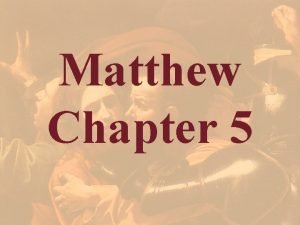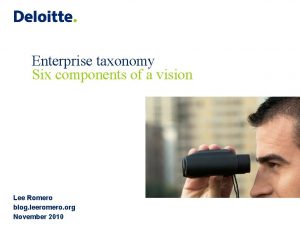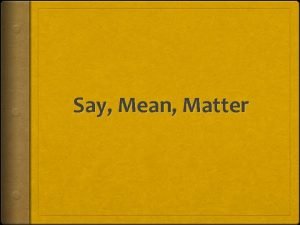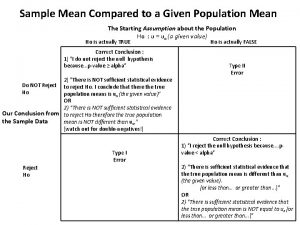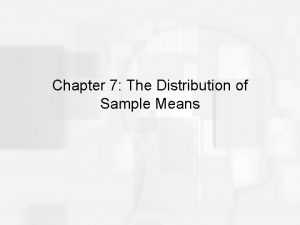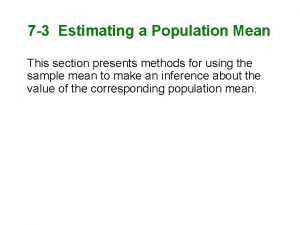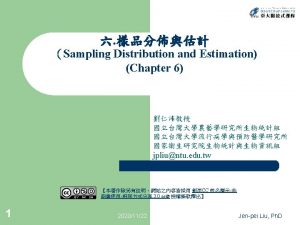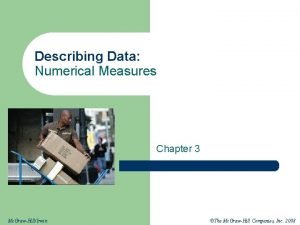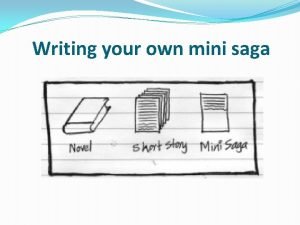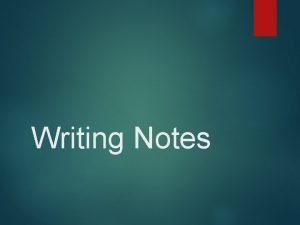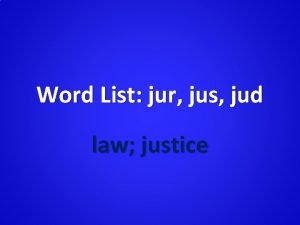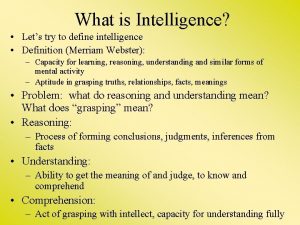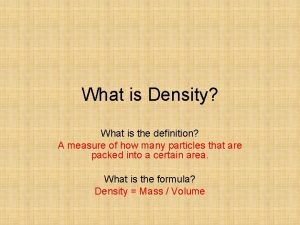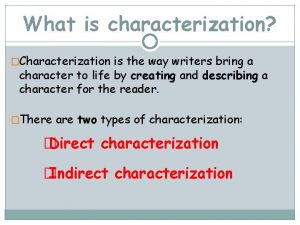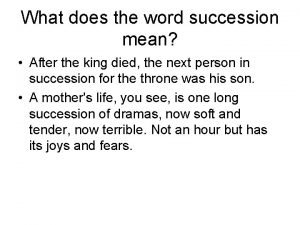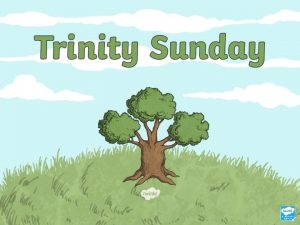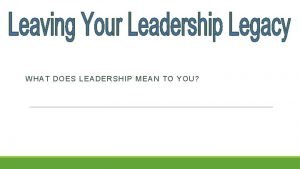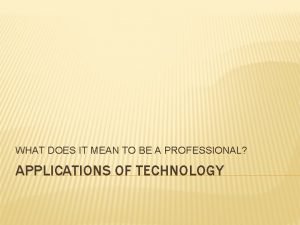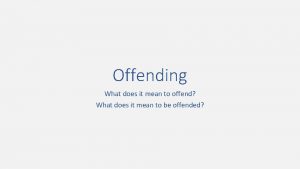 Offending What does it mean to offend What
Offending What does it mean to offend What  inactive resting dormant humiliate demean abase a trick
inactive resting dormant humiliate demean abase a trick 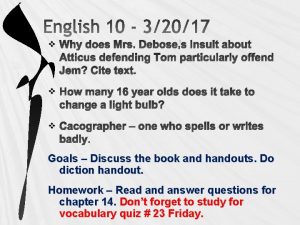 v Why does Mrs Deboses insult about Atticus
v Why does Mrs Deboses insult about Atticus  What does SMH mean What does SMH mean
What does SMH mean What does SMH mean 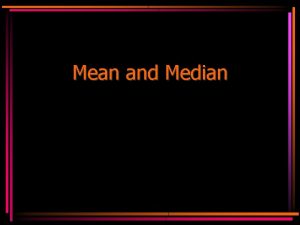 Mean and Median Mathmatical Mean The Mathmatical mean
Mean and Median Mathmatical Mean The Mathmatical mean 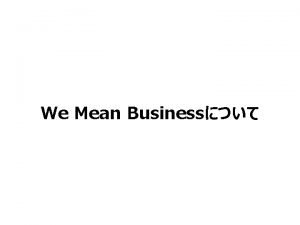 We Mean Business We Mean Business We Mean
We Mean Business We Mean Business We Mean 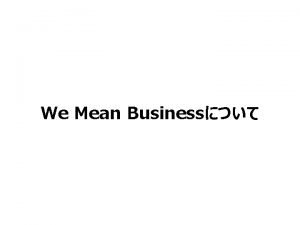 We Mean Business We Mean Business We Mean
We Mean Business We Mean Business We Mean 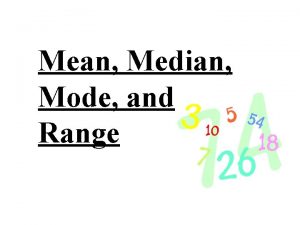 Mean Median Mode and Range MEAN Mean is
Mean Median Mode and Range MEAN Mean is 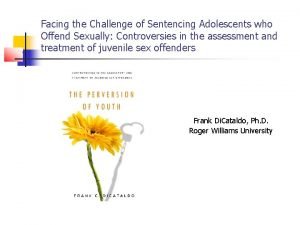 Facing the Challenge of Sentencing Adolescents who Offend
Facing the Challenge of Sentencing Adolescents who Offend 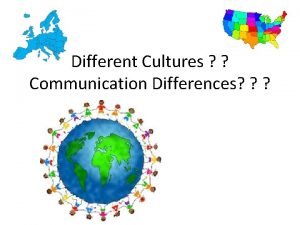 Different Cultures Communication Differences Surprising Ways To Offend
Different Cultures Communication Differences Surprising Ways To Offend 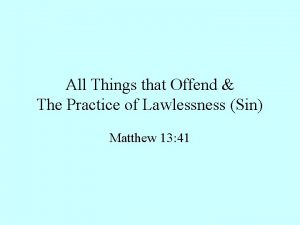 All Things that Offend The Practice of Lawlessness
All Things that Offend The Practice of Lawlessness 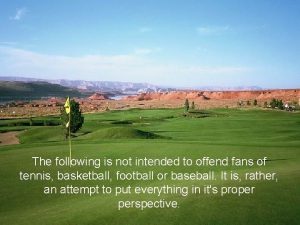 The following is not intended to offend fans
The following is not intended to offend fans 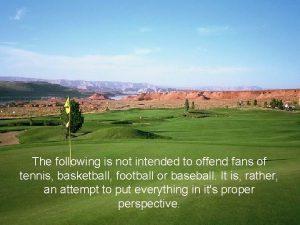 The following is not intended to offend fans
The following is not intended to offend fans 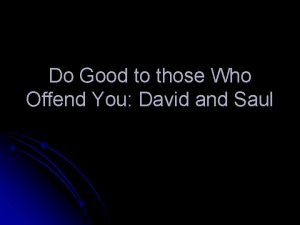 Do Good to those Who Offend You David
Do Good to those Who Offend You David 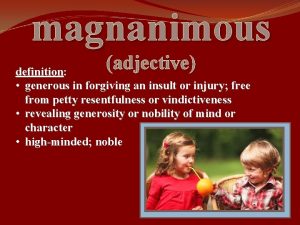 magnanimous adjective definition generous in forgiving an insult
magnanimous adjective definition generous in forgiving an insult 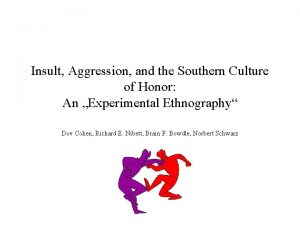 Insult Aggression and the Southern Culture of Honor
Insult Aggression and the Southern Culture of Honor 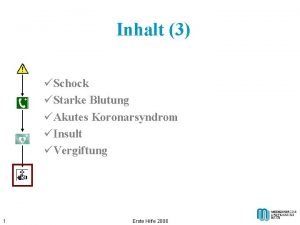 Inhalt 3 Schock Starke Blutung Akutes Koronarsyndrom Insult
Inhalt 3 Schock Starke Blutung Akutes Koronarsyndrom Insult 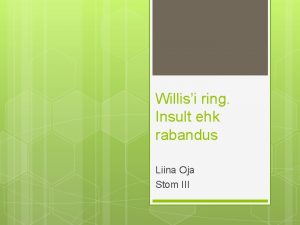 Willisi ring Insult ehk rabandus Liina Oja Stom
Willisi ring Insult ehk rabandus Liina Oja Stom 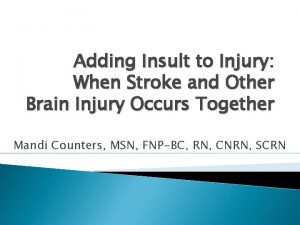 Adding Insult to Injury When Stroke and Other
Adding Insult to Injury When Stroke and Other 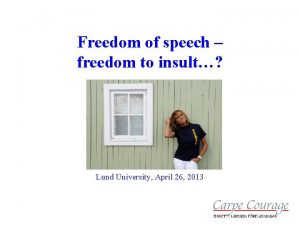 Freedom of speech freedom to insult Lund University
Freedom of speech freedom to insult Lund University 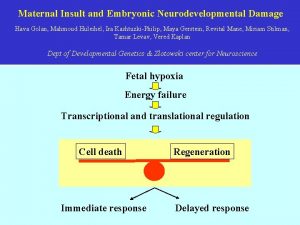 Maternal Insult and Embryonic Neurodevelopmental Damage Hava Golan
Maternal Insult and Embryonic Neurodevelopmental Damage Hava Golan  Acute Kidney Injury Adding Insult to Injury Marlies
Acute Kidney Injury Adding Insult to Injury Marlies 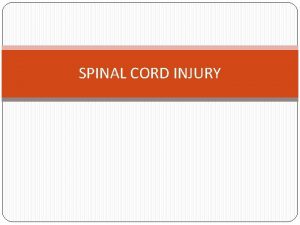 SPINAL CORD INJURY SPINAL CORD INJURY Definition Insult
SPINAL CORD INJURY SPINAL CORD INJURY Definition Insult 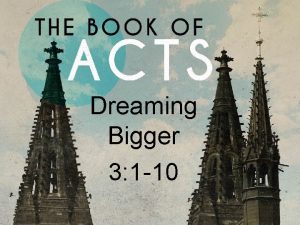 Dreaming Bigger 3 1 10 Insult of the
Dreaming Bigger 3 1 10 Insult of the 玻璃钢生产厂家青原玻璃钢雕塑厂家岳阳广场玻璃钢雕塑福清玻璃钢玩偶雕塑珲春玻璃钢浮雕人物山水雕塑玻璃钢现代抽象雕塑生产厂家保山市玻璃钢雕塑设计供应商新品玻璃钢人物雕塑徐州美陈商场玻璃钢花盆厂家现货批发烟台人物玻璃钢雕塑定做江门树脂玻璃钢雕塑商场美陈在义务哪里买重庆玻璃钢蓝精灵雕塑山东佛像玻璃钢雕塑销售电话寿光玻璃钢雕塑广东大型商场创意商业美陈作品广东玻璃钢香蕉雕塑海口玻璃钢雕塑加工厂多少钱大连商场美陈费用四川玻璃钢雕塑厂家山城玻璃钢雕塑厂家玻璃钢雕塑用的玻璃纤维布德阳玻璃钢雕塑定制昌平商场美陈定制北京室内商场美陈销售企业东莞定制玻璃钢动物雕塑安阳玻璃钢人物雕塑厂家电话宁夏气球玻璃钢雕塑工艺品河南装饰商场美陈售价玻璃钢雕塑屋里面坐人香港通过《维护国家安全条例》两大学生合买彩票中奖一人不认账让美丽中国“从细节出发”19岁小伙救下5人后溺亡 多方发声单亲妈妈陷入热恋 14岁儿子报警汪小菲曝离婚始末遭遇山火的松茸之乡雅江山火三名扑火人员牺牲系谣言何赛飞追着代拍打萧美琴窜访捷克 外交部回应卫健委通报少年有偿捐血浆16次猝死手机成瘾是影响睡眠质量重要因素高校汽车撞人致3死16伤 司机系学生315晚会后胖东来又人满为患了小米汽车超级工厂正式揭幕中国拥有亿元资产的家庭达13.3万户周杰伦一审败诉网易男孩8年未见母亲被告知被遗忘许家印被限制高消费饲养员用铁锨驱打大熊猫被辞退男子被猫抓伤后确诊“猫抓病”特朗普无法缴纳4.54亿美元罚金倪萍分享减重40斤方法联合利华开始重组张家界的山上“长”满了韩国人?张立群任西安交通大学校长杨倩无缘巴黎奥运“重生之我在北大当嫡校长”黑马情侣提车了专访95后高颜值猪保姆考生莫言也上北大硕士复试名单了网友洛杉矶偶遇贾玲专家建议不必谈骨泥色变沉迷短剧的人就像掉进了杀猪盘奥巴马现身唐宁街 黑色着装引猜测七年后宇文玥被薅头发捞上岸事业单位女子向同事水杯投不明物质凯特王妃现身!外出购物视频曝光河南驻马店通报西平中学跳楼事件王树国卸任西安交大校长 师生送别恒大被罚41.75亿到底怎么缴男子被流浪猫绊倒 投喂者赔24万房客欠租失踪 房东直发愁西双版纳热带植物园回应蜉蝣大爆发钱人豪晒法院裁定实锤抄袭外国人感慨凌晨的中国很安全胖东来员工每周单休无小长假白宫:哈马斯三号人物被杀测试车高速逃费 小米:已补缴老人退休金被冒领16年 金额超20万



























